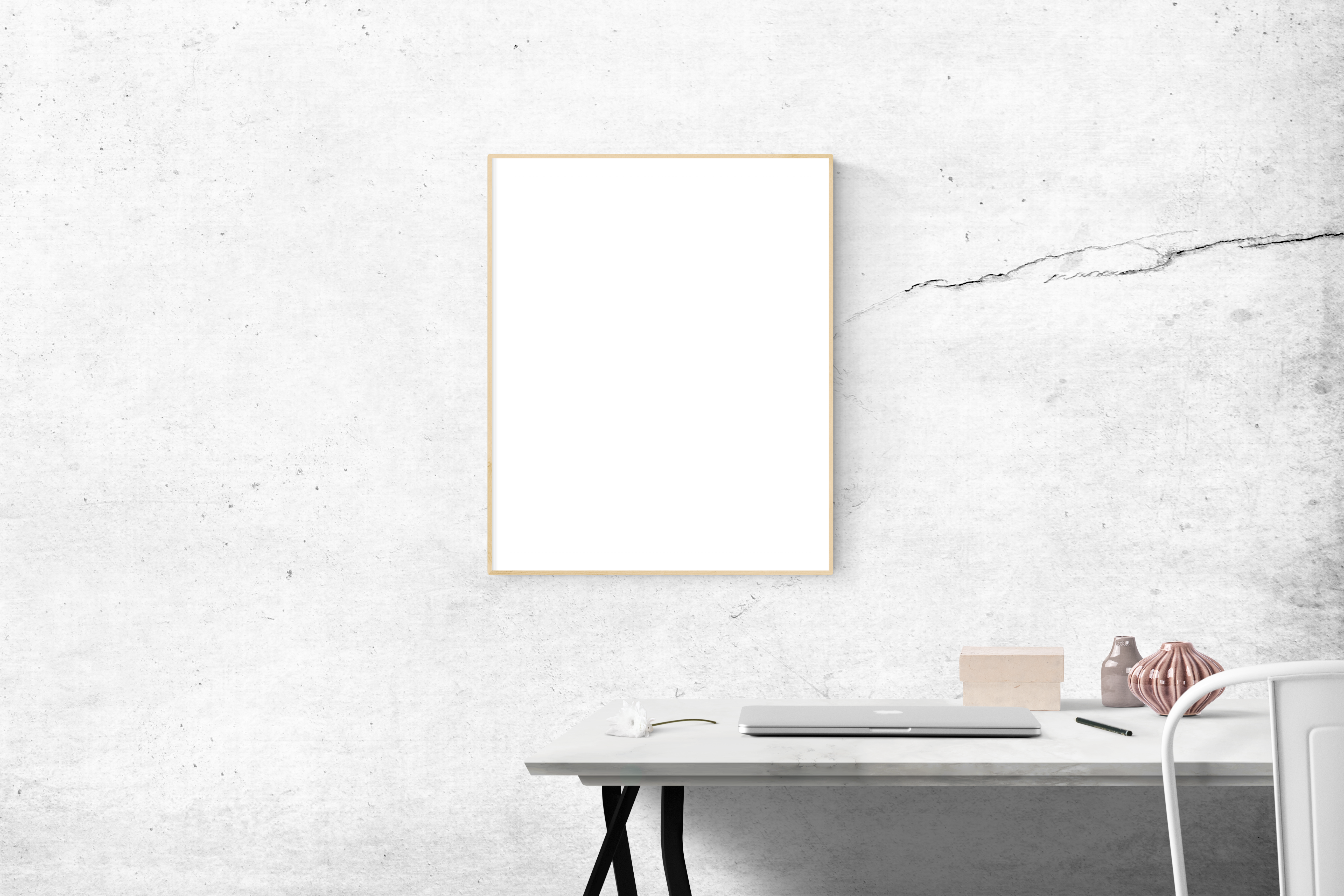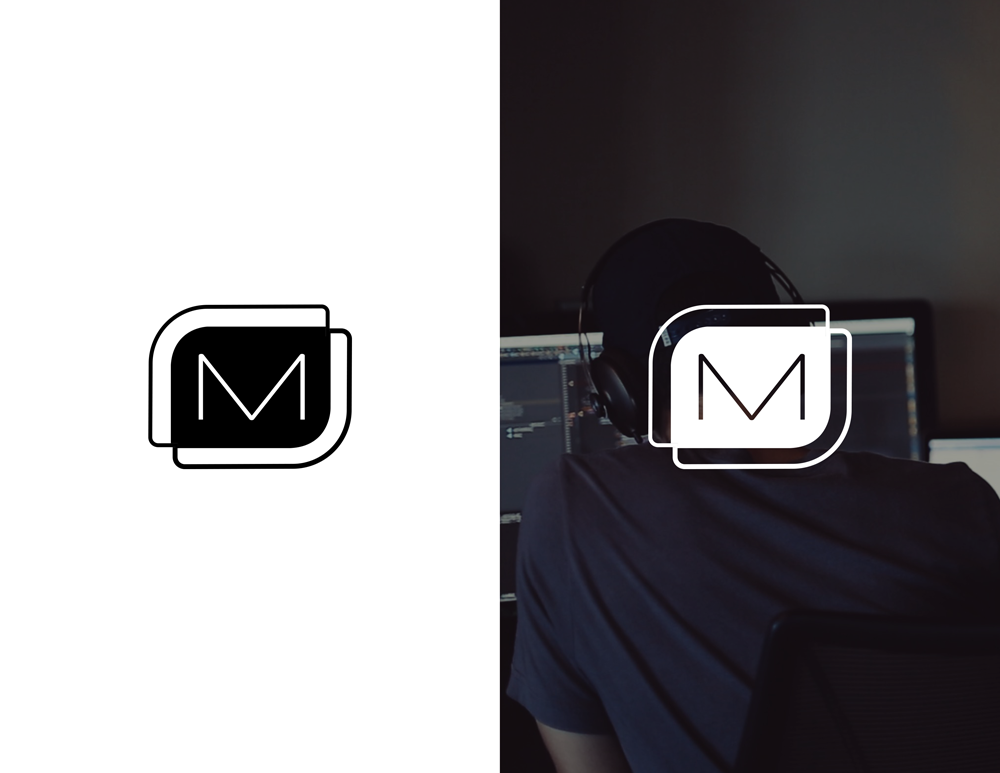With quick deadlines, new products, and the convenience of technology – it’s easy as a designer to forget about the importance of a pencil and sketch pad. Before you dive straight into design tools like Illustrator or Xd, think of classic principles. These extra steps will open the door to more creativity and help you find more satisfaction in your work.
Draw it 100 Times
When it came time to start a new project, our professor repetitively reminded our class to never submit our design ideas to him unless we could prove to him we had sketched out the idea at least 100 different ways. For those familiar with design school, this process is no surprise – it’s quite common for a teacher to require you to think longer that 15 minutes on an idea (afterall, you are paying to be there).

Whenever I begin a new project, I can hear that design professor in my head anytime I consider cutting corners. Drawing a logo concept 100 different ways allows you as the designer to expand your creativity to its full potential. If this is a new concept for you, start with 25 sketches and work your way up. Your customer is paying you for your design skills, and this time of simple discovery will not only reach your customer’s goal, it will remind you of creative discipline, and help you grow as a designer.
Print it Out
Yes – with a printer, on a physical sheet of paper. Again, it’s really easy to believe your logo looks great within illustrator, but printing out your mockups and hanging them on a wall to review can open your eyes to things you might miss on a computer screen. Printing and hanging your designs can reveal flaws and help you gain a new perspective on the work.

Allow a few strangers to critique your work and give constructive feedback. The more criticism you receive, the better you’ll understand viewer’s reactions when your designs are introduced to a larger audience. It’s important to let yourself be okay with allowing large stones to be thrown at your work, only then can you reinforce the designs to not break under pressure.
Reverse, Reverse
A dark logo on a light background can look completely different than a light logo on a dark background. Make sure your designs are able to work on both. If your logo doesn’t translate reversed out, your design may struggle when applied to patterned backgrounds or colors.

Great work takes time, and while it’s easy to jump straight into your web tools, remember that slowing down the preliminary process and giving your brain time to create can take your work to the next level.



